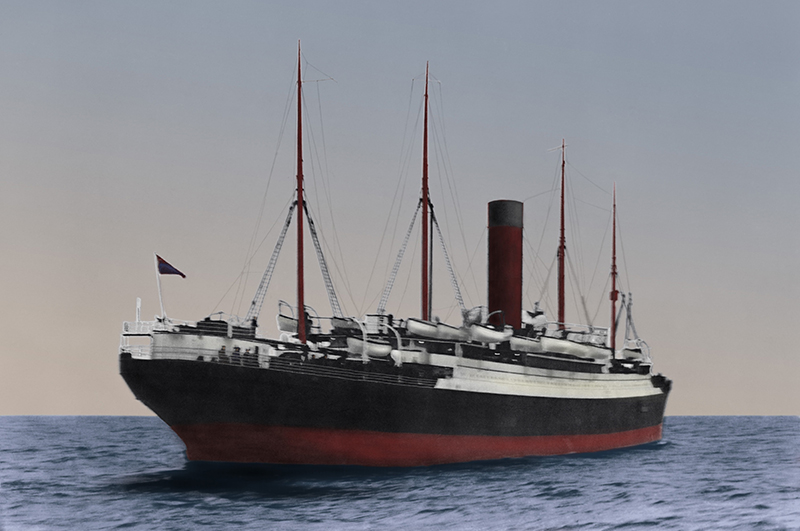The Carpathia was the only ship that came to the Titanic’s rescue and saved 705 doomed passengers.
The story of the RMS Carpathia is one of the most compelling rescues in maritime history. Shortly after midnight on April 15, 1912, the Carpathia’s wireless operator, Harold Cottam, received an urgent message from the RMS Titanic. The renowned “unsinkable” ship had struck an iceberg and was in need of immediate assistance. Cottam woke ship Captain Arthur Henry Rostron to alert him to the distress call. Captain Rostron took swift action to ensure that the Carpathia would reach the doomed Titanic as quickly as possible. He ordered all steam to be diverted from the ship’s heating system to the engines to increase the ship’s speed. He also had his crew prepare for the rescued passengers, even before he knew there would be any.
As the Carpathia raced through the frigid, icy North Atlantic, the Titanic disaster continued to unfold. Although some fortunate passengers did board the limited number of available lifeboats, once the Titanic began to rapidly sink, hundreds of passengers and crew fell or jumped from the ship and landed in the freezing water. Many of them died on or just after impact.
The Carpathia reached Titanic’s 20 lifeboats at 4am, and the crew quickly began pulling the survivors to the safety of their ship. Captain Rostron’s immediate and deliberate decisions saved 705 Titanic passengers. But more than 1500 others had perished.
Our healthcare delivery system is sinking.
The blueprint created here to rescue our current healthcare delivery system is much like the RMS Carpathia. Our current healthcare delivery system is in nearly the same state as the Titanic during the early morning hours of April 15, 1912, nearly ready to break apart and sink to the depths. Like the Carpathia, this proposal aims to take immediate action to swiftly reach the health care consumers who are currently stranded by the faltering existing system.

